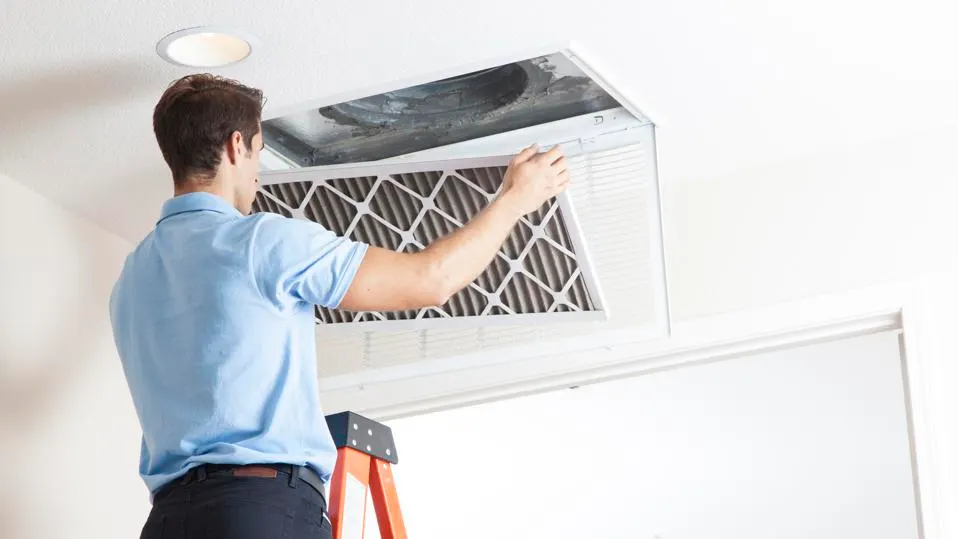Efficient airflow is crucial for maintaining comfortable indoor temperatures and ensuring your HVAC system operates optimally. However, many homes and businesses suffer from poor airflow due to various factors within their duct systems. Here are 15 tips to help you improve airflow and maximise the efficiency of your duct system and duct repair in Melbourne.
1. Regular Maintenance:
Schedule routine inspections and maintenance for your duct system to detect and address any issues promptly. This includes cleaning, sealing leaks, and checking for obstructions.
2. Seal Leaks:
Leaky ducts can significantly reduce airflow efficiency. Seal any leaks or gaps in your ductwork to prevent air from escaping, ensuring that it reaches its intended destination.
3. Insulate Ducts:
Properly insulating your ductwork can prevent heat loss or gain, allowing air to maintain its desired temperature as it travels through the system.
4. Clear Obstructions:
Ensure that all vents, registers, and grilles are free from obstructions such as furniture, curtains, or debris, allowing air to flow freely into and out of rooms.
5. Clean Air Filters:
Dirty air filters can restrict airflow and reduce system efficiency. Regularly clean or replace filters to maintain optimal airflow and improve indoor air quality.
6. Balance Dampers:
Balancing dampers within your duct system ensures that airflow is distributed evenly throughout your home or building, preventing hot or cold spots.
7. Upgrade Equipment:
Consider upgrading to high-efficiency HVAC equipment designed to improve airflow and reduce energy consumption, providing better comfort and cost savings in the long run.
8. Use Properly Sized Ducts:
Ensure that your ducts are appropriately sized for your HVAC system and the space it serves. Undersised or oversised ducts can lead to airflow issues and reduced efficiency.
9. Install Return Air Vents:
Proper placement of return air vents allows air to circulate efficiently, improving overall airflow and system performance.
10. Address Ventilation Needs:
Ensure that your duct system adequately addresses ventilation requirements, especially in areas prone to moisture buildup, such as bathrooms and kitchens.
11. Consider Zoning:
Zoning your HVAC system allows you to control airflow to specific areas or rooms independently, optimising comfort and energy efficiency based on usage patterns.
12. Monitor Thermostat Settings:
Adjust thermostat settings to maintain consistent temperatures throughout your home or building, reducing the strain on your HVAC system and improving airflow.
13. Professional Inspection:
Hire a qualified duct repair technician in Melbourne to conduct a thorough inspection of your duct system, identifying any issues and recommending solutions.
14. Invest in Duct Sealing:
Professional duct sealing services can effectively seal leaks and improve airflow, enhancing comfort and reducing energy costs.
15. Regular Evaluation:
Continuously monitor and evaluate your duct system’s performance, making adjustments and improvements as needed to ensure optimal airflow and efficiency.
Conclusion
Optimising airflow in your duct system is essential for maintaining comfort, efficiency, and indoor air quality. By implementing these 15 tips, considering duct repair, you can enhance airflow, improve HVAC system performance, and enjoy greater comfort and energy savings in your home or business . Regular maintenance and professional assistance can further ensure that your duct system operates at its best, providing reliable and efficient heating and cooling year-round.

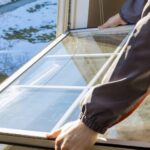 How to Choose the Right Window Replacement Contractor
How to Choose the Right Window Replacement Contractor 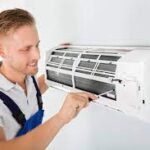 The Best Aircon servicing Singapore Maintaining Coolness by Performing Top-Quality Maintenance
The Best Aircon servicing Singapore Maintaining Coolness by Performing Top-Quality Maintenance 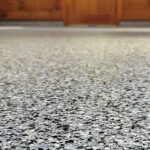 Why Columbus Homeowners Are Falling in Love with Epoxy Garage Floor Coatings
Why Columbus Homeowners Are Falling in Love with Epoxy Garage Floor Coatings  Flood Cleaning Services in Fort Worth, TX: Essential Steps to Restore Your Home
Flood Cleaning Services in Fort Worth, TX: Essential Steps to Restore Your Home 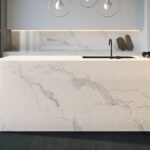 The Benefits of Caesarstone Quartz: Style, Strength, and Sustainability
The Benefits of Caesarstone Quartz: Style, Strength, and Sustainability 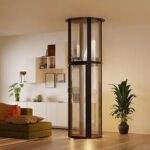 Are Home Elevators Worth the Investment? A Canadian Homeowner’s Guide
Are Home Elevators Worth the Investment? A Canadian Homeowner’s Guide 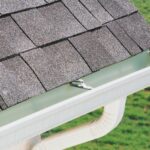 5 Common Gutter Problems That Gutter Guards Can Solve
5 Common Gutter Problems That Gutter Guards Can Solve  How a Whole-House Humidifier Can Help With Your Health
How a Whole-House Humidifier Can Help With Your Health 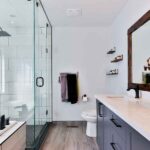 Master Bathroom Remodeling: Essential Tips for a Stylish Upgrade
Master Bathroom Remodeling: Essential Tips for a Stylish Upgrade 